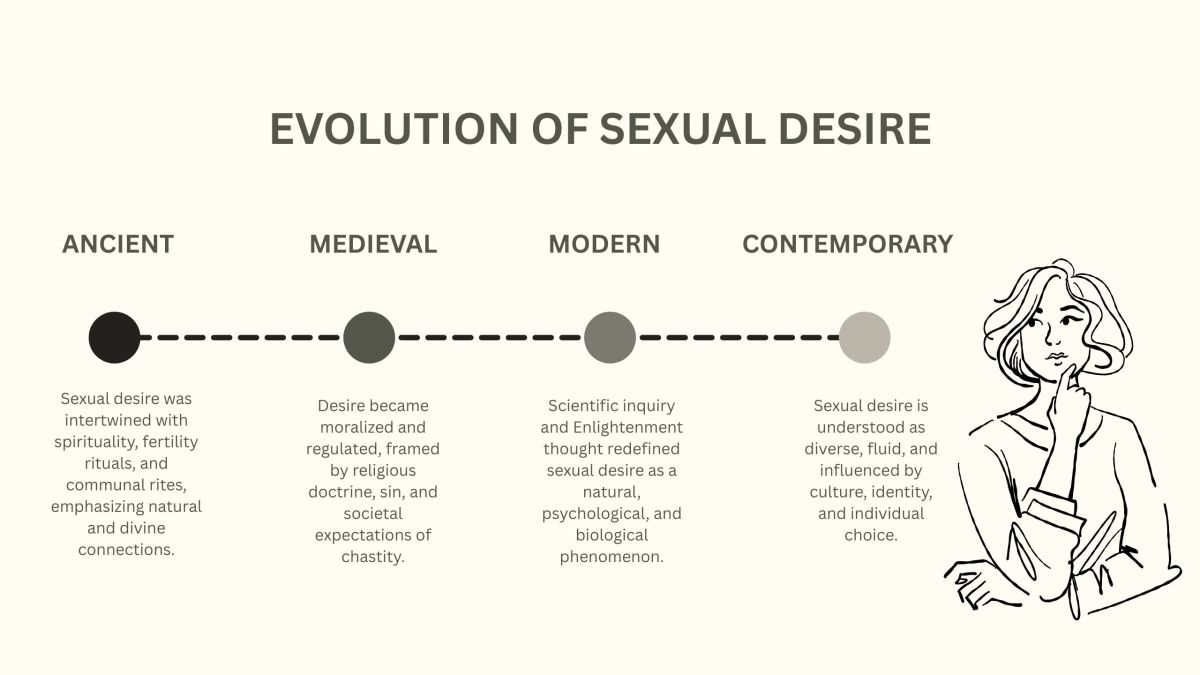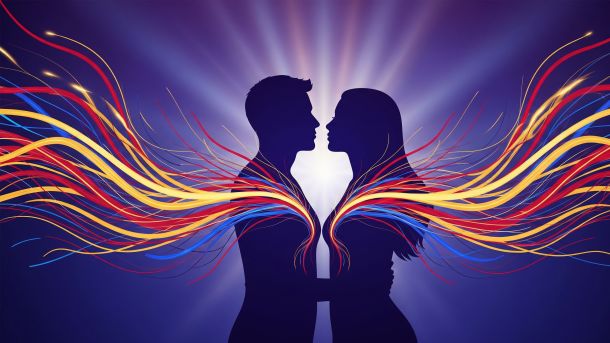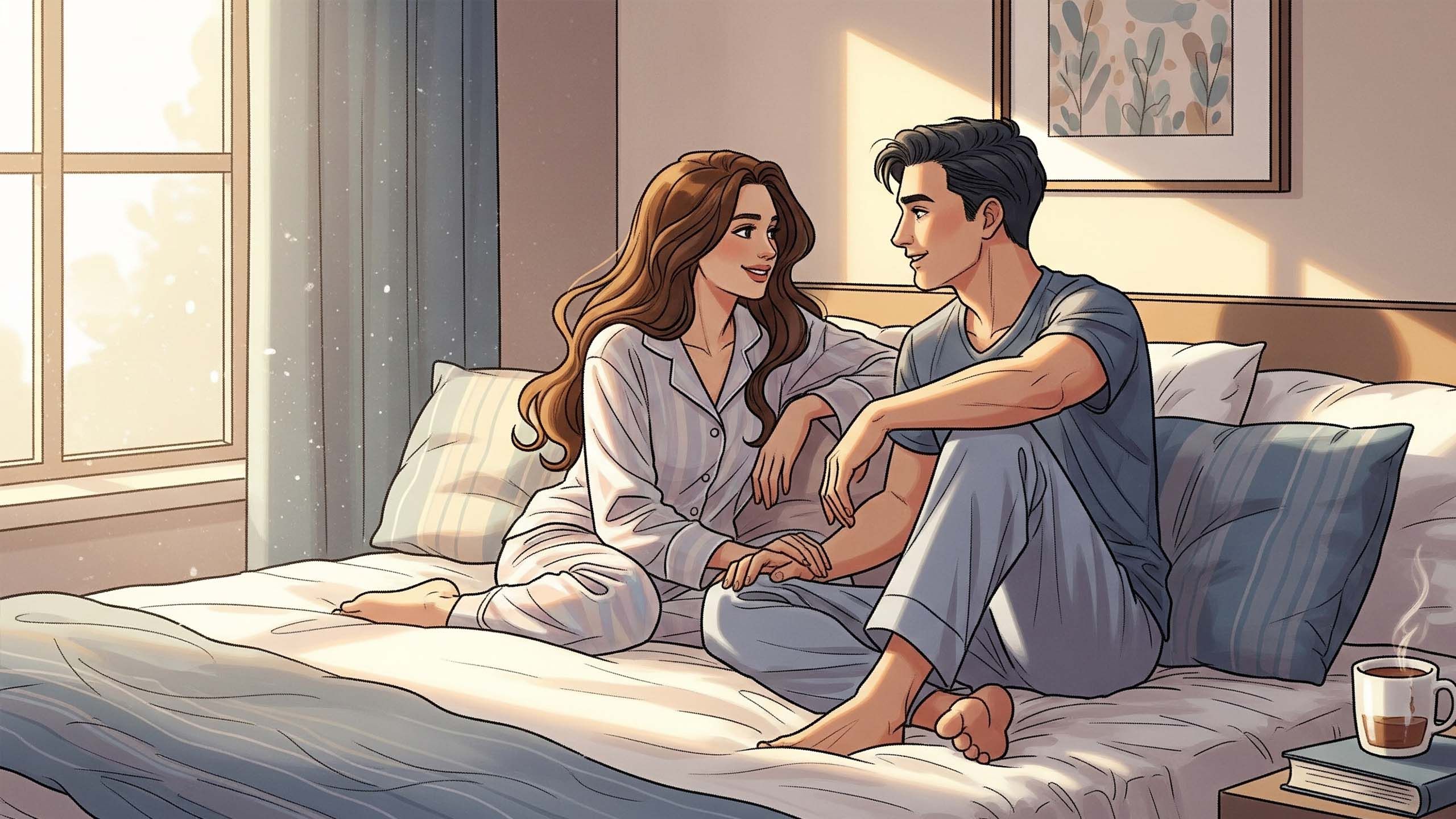What Is Sexual Desire? A Historical and Educational Perspective

Sexual desire is one of the most discussed yet least understood aspects of human sexuality. People often think of it as a simple spark of attraction or a basic physical urge, but history and science show that it is far more complex. Desire has been explained in many different ways: as a biological drive, an emotional bond, a moral test, or even a form of life energy.
By looking at how sexual desire has been understood throughout history and how it is studied today, we can gain a clearer picture of the many ways it shows up in human life.
Ancient Views: Philosophy and Health
In ancient Greece, philosophers and physicians saw sexual desire as both natural and essential. Plato wrote about eros as a force that could inspire love, creativity, and connection, while Aristotle considered desire an important aspect of human nature. Medical writers such as Hippocrates and Galen believed sexual activity helped balance the body’s “humors,” making desire not just acceptable but part of maintaining health.
Outside of Greece, other traditions also valued desire. The Indian text Kama Sutra (circa 3rd century CE) explored sexual desire as one of life’s key pursuits, alongside duty and spirituality. In China, Taoist writings described sexual energy (jing) as vital to health and longevity.
The Middle Ages: Morality and Restraint
During the medieval period in Europe, sexual desire was often framed through religion. Thinkers like Augustine of Hippo viewed it as something that needed control, associating desire with temptation and sin. Marriage was often presented as the only proper outlet.
Yet even then, medical texts acknowledged women’s and men’s desire, sometimes linking it to fertility and health. While religious perspectives dominated public life, private and medical writings showed that people continued to recognize sexual desire as a natural part of being human.
The Enlightenment and Early Science
By the 17th and 18th centuries, with the rise of scientific thinking, discussions of desire began shifting from morality to biology. Physicians studied anatomy and reproduction in greater detail, while philosophers of the Enlightenment emphasized reason and observation. Desire was increasingly seen as something that could be explained through science, not just regulated through religion.
The 20th Century: Research and Models of Desire
The modern scientific study of sexual desire began in the early 20th century.
-
Sigmund Freud introduced the concept of libido as a core psychological drive, framing desire as a central part of human motivation.
-
Alfred Kinsey, in the 1940s and 1950s, conducted groundbreaking surveys on sexual behavior in the United States. His reports showed enormous variation in how people experienced and expressed sexual desire, challenging the idea of a “normal” standard.
-
Masters and Johnson, in the 1960s, studied the physiology of sexual response, identifying stages of arousal, orgasm, and resolution. They also highlighted that desire does not always appear in the same way for everyone.
-
Rosemary Basson, in the early 2000s, developed a model of female sexual response that emphasized “responsive desire,” showing that for many women, desire often emerges from intimacy and emotional connection rather than spontaneous arousal.
Together, these researchers shifted the conversation from morality and judgment to observation and understanding.
| Period | View of Sexual Desire | Key Notes |
|---|---|---|
| Ancient Times | Sexual desire seen as a natural force tied to fertility and divine order. | Greek and Roman cultures celebrated desire; linked to gods and life energy. |
| Middle Ages | Often framed as sinful or dangerous if uncontrolled. | Christian teachings stressed chastity; female desire frequently suppressed. |
| Enlightenment | Began to be studied scientifically; linked to reason and nature. | Doctors and philosophers debated “normal” desire vs. deviance. |
| 19th Century | Strong medicalization of sexuality; female desire often dismissed. | Hysteria diagnoses; strict gender roles shaped sexual expectations. |
| 20th Century | Desire redefined through psychology, feminism, and social change. | Freud’s theories; sexual revolution; recognition of women’s and LGBTQ+ desire. |
| 21st Century | Seen as diverse, fluid, and influenced by biology, psychology, and culture. | Greater openness; research highlights complexity and individual differences. |
A brief outline of how sexual desire has been framed across eras: from ancient philosophy and classical medicine, through religious and scientific viewpoints, to modern research and models.
- Ancient Times: Desire as natural force, fertility, and divine energy
- Middle Ages: Desire framed as morally restricted or sinful
- Enlightenment: Scientific study and reason
- 19th–21st Century: Psychology, research, and modern biopsychosocial models
Biological, Psychological, and Social Influences
Modern science views sexual desire as an interaction of many factors:
-
Biological: Hormones like testosterone and estrogen, along with brain chemicals such as dopamine, influence how desire is felt. Health, energy levels, and medication can also affect it.
-
Psychological: Stress, mood, and imagination all shape desire. Mental health conditions like depression or anxiety may decrease interest in sex, while positive self-image and emotional well-being may strengthen it.
-
Relational: Communication, trust, and emotional closeness with a partner often influence levels of desire. Conflicts or distance may reduce it.
-
Cultural: Social expectations and upbringing play a role in how people understand and express their own desires. What feels acceptable in one culture may feel taboo in another.
The Variability of Desire
One of the key findings from modern sex research is that desire is not the same for everyone. Some people experience it frequently, others only occasionally, and some may not feel it at all. None of these patterns are inherently problematic.
Desire also changes over a lifetime. Young adulthood, midlife, and older age each bring different experiences of sexual interest. For some, it becomes more central over time; for others, it fades.
When Desire Feels Out of Sync
Challenges often arise when people feel their desire is “too low,” “too high,” or mismatched with a partner. Research emphasizes that there is no “correct” amount of desire. What matters is whether a person feels comfortable with their own experience.
In cases where desire causes distress or tension in relationships, professional support can help. Sex therapists, counselors, and healthcare providers can explore possible biological, emotional, or relational causes.
Conclusion: A Human Constant, Shaped by Context
From ancient philosophy to modern research, sexual desire has been seen as both mysterious and essential. While the explanations have changed—from life energy, to morality, to hormones and psychology—the recognition of its importance has remained.
Today, we understand sexual desire as a natural part of life, shaped by biology, emotions, relationships, and culture. It can be spontaneous, responsive, frequent, occasional, or even absent, and each of these experiences is valid.
By appreciating both the history and science of sexual desire, we gain a more complete picture of what it means: not just an urge, but a deeply human expression that shifts and adapts across time, relationships, and individual lives.
Want to learn more about how sexual desire appears in everyday life? Read our What Is Sexual Desire? Understanding the Many Ways It Shows Up, where we explain the biological, emotional, and relational factors that influence it.
Disclaimer: The articles and information provided by the Vagina Institute are for informational and educational purposes only. This content is not intended to be a substitute for professional medical advice, diagnosis, or treatment. Always seek the advice of your physician or another qualified health provider with any questions you may have regarding a medical condition.


 English
English  Deutsch
Deutsch  Español
Español  Français
Français 





